The graph above was the product of an analysis of academic and production results in the animation school. This evidenced the need to modify the learning curve layout and the subject content across the career, in order to break an artistic and technical divide between the foundation and advanced levels, smooth the learning experience of students and distribute the production weights among the staff.
Designing an animation Curriculum through Design Thinking
As everything in this age of transformation, Academic education is going through tremendous strain to keep up with a complete restructuring of the ever-evolving economic model.
In the last decades, a set of waves of revolutionary changes has swept the world, ending with old professions and creating the need for new ones. Most positions in hot demand today did not even exist a decade ago or five years ago, instead, a mix of disciplines are adapting and re-branding themselves in new ways to meet the new needs of the work market.
In such scenario, a formal academic structure, in which four to five years are required to build professional skills and work ethic in students, every curricular program could become obsolete while the student is coursing his career. Then, teeming information -and misinformation-, fills the ocean of the internet in the form of multiple and quite opportunistic pill-contained shells of data, promising knowledge and filling the mind-space of students with buzzwords and immediacy-tainted sense of pseudo-achievement. This reality in evolution tends towards more online, non-linear structures of content, which compete with formal academic careers, however still, the coin of certification being sought for as a token by the masses.
The only tool to overcome such overwhelming trend is, paradoxically, to search for the timeless.
It should be quite obvious to use the inherent creative processes of design thinking to re-design and update the curricular pathways to meet the renewing objectives requested by a challenging and evolving reality, taking the structural limitations of the formal career structure to create new adaptative dynamics that are able to mutate towards the fluid environment of change.
The solution is to adapt at the speed of thought. As designers, we are at an advantage.
Standford dSchool´s Design Thinking Model overlaps with the ADDIE instructional design model.
Both ADDIE (Analyze, Design, Develop. Implement, Evaluate) and the Design Thinking models are intuitive creative process systems to solve problems. This approach was used to redesign the Curriculum at the Rubika Supinfocom Animation School in India, which entailed a set of challenges and problems, the first being to level the resulting movies to the same standards as the school at Valenciennes, France.
The data collection wat first was a comparative assessment of the objective results which were evident as the result of the visual works of students. Analyzing the pieces from their production values and creative perspectives, deficiencies were identified and then fitted to the available academic and technological resources. Not stopping there, the very environment and cultural differences between European and Indian students were challenging. A lot of conversations with the staff, assessment of brand and academic expectations, informal interviews with parents, students were part of an intensive intelligence data recollection.
Working internally as a professor and grasping the existing dynamics and culture was paramount in establishing collaborative dynamics with the staff and student body. This lead to a first draft of the design of a limited academic plan focused on transforming a motion design project into the stepping stone to completing the foundational stage of the formation comprising the two first years of the career.
Once in the position of extending this dynamic into the whole curricular map, a more extensive assessment into the needs of the remaining years and the more ambitious objective of completing a four-minute 3D animated short film at world-class industry standards placed an additional pressure.
This assessment resulted in a more complex map, entailing way much more friction and difficulties of every sort in its implementation. Logistical, academic, administrative, and political challenges were to be met with intensive communication, in a process similar to building a rocket while launching it. The assessment process was continuous and with execution came evaluation, which in turn came back in the form of more data which triggered further design adjustments.
Curricular design done in this way then became an ongoing process which resulted in measurable improvements, first by an increase of 10% in general academic performance, while drastically improving the quality of the films.
This program did not come without a cost since such a deep restructuration was, of course, at first met with resistance and skepticism, while the hard-gained results became part of the culture and pride of the School.




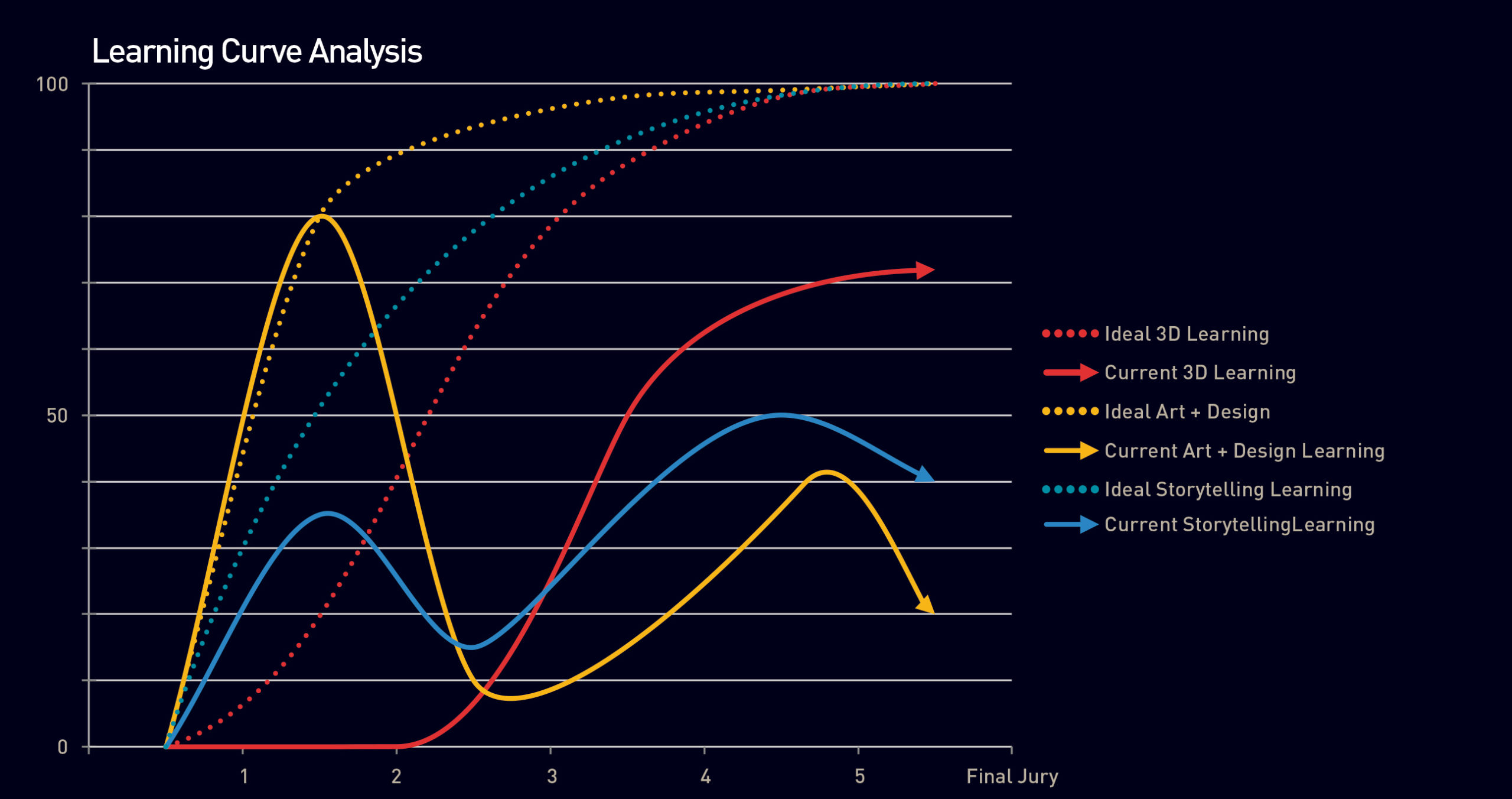
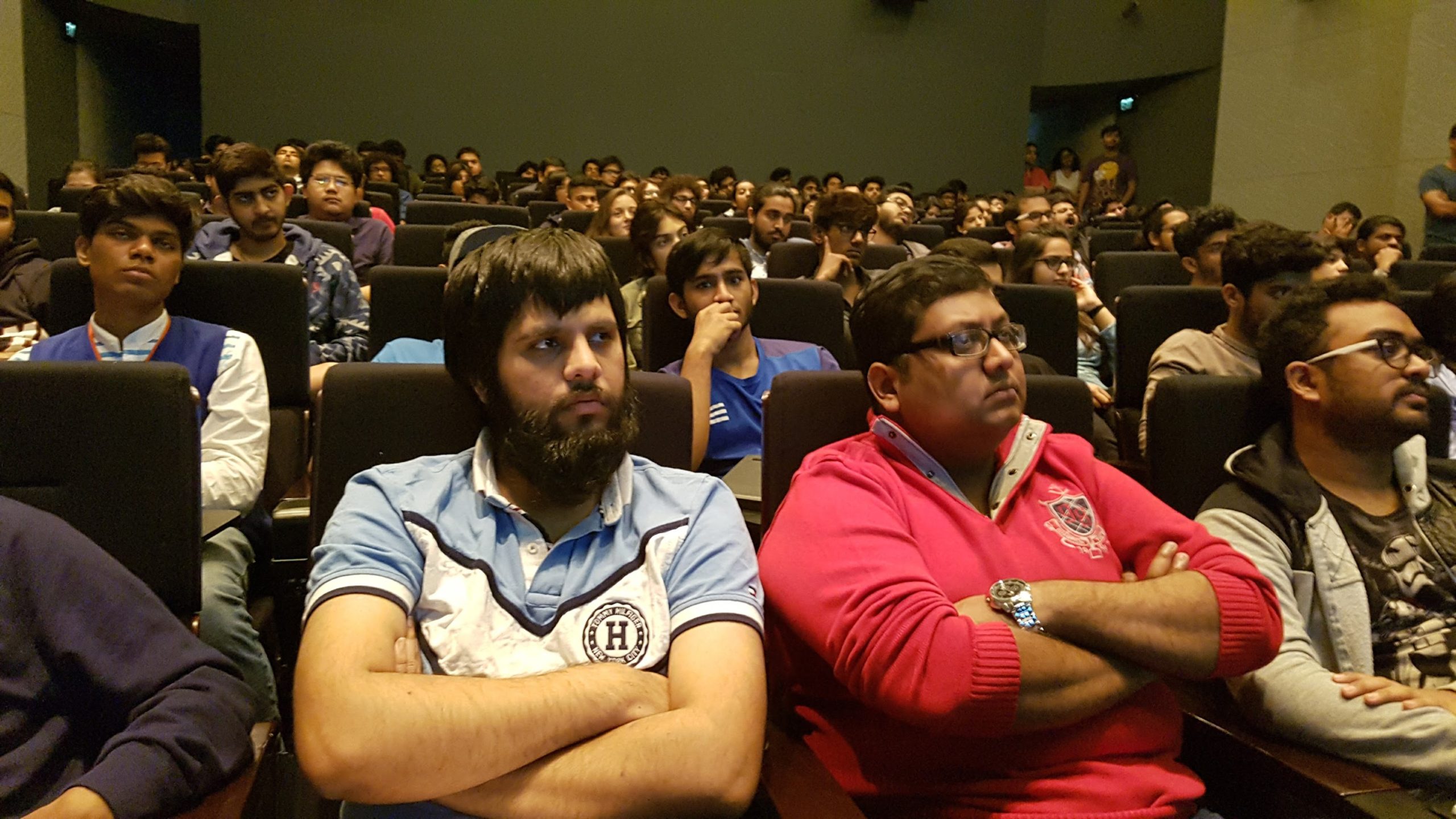
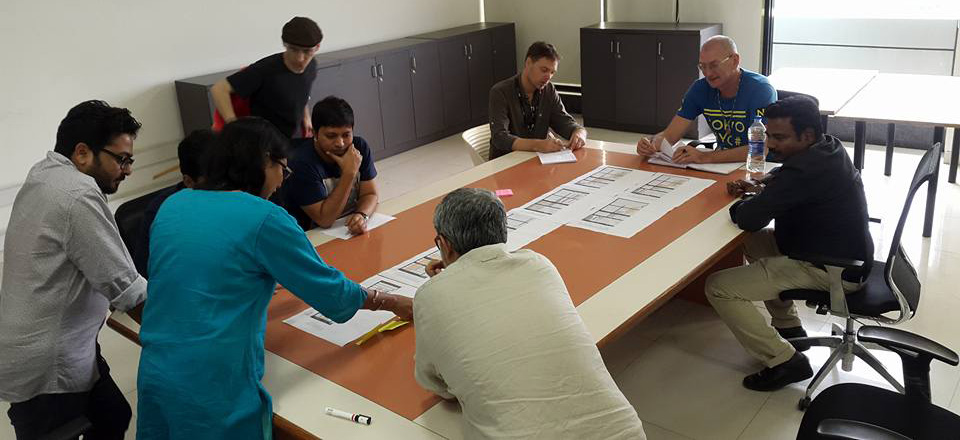
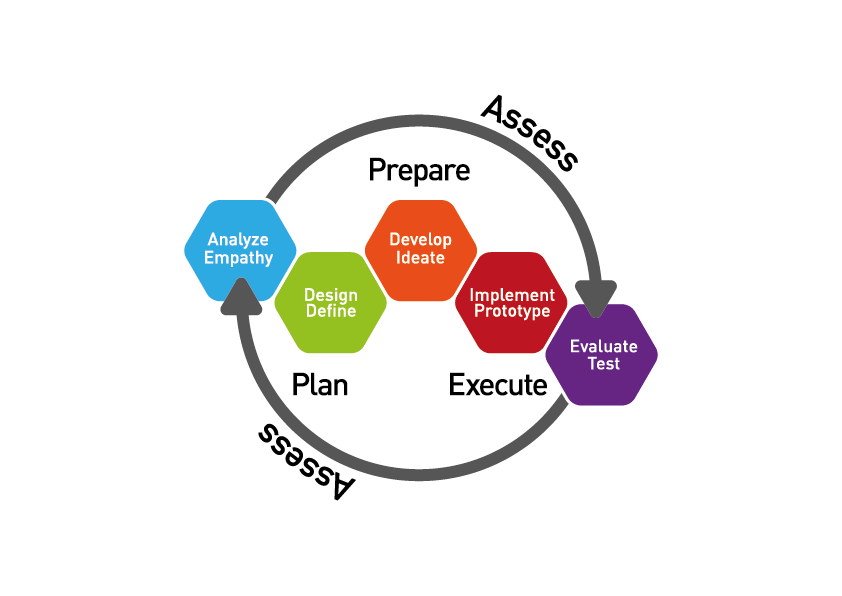
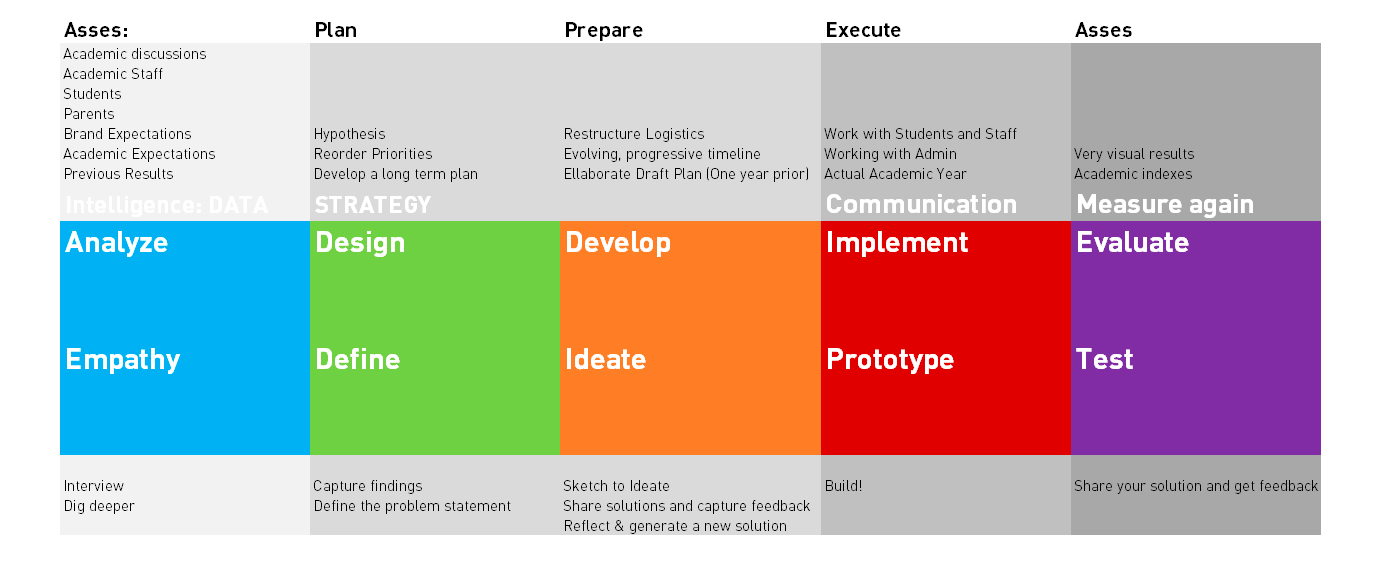
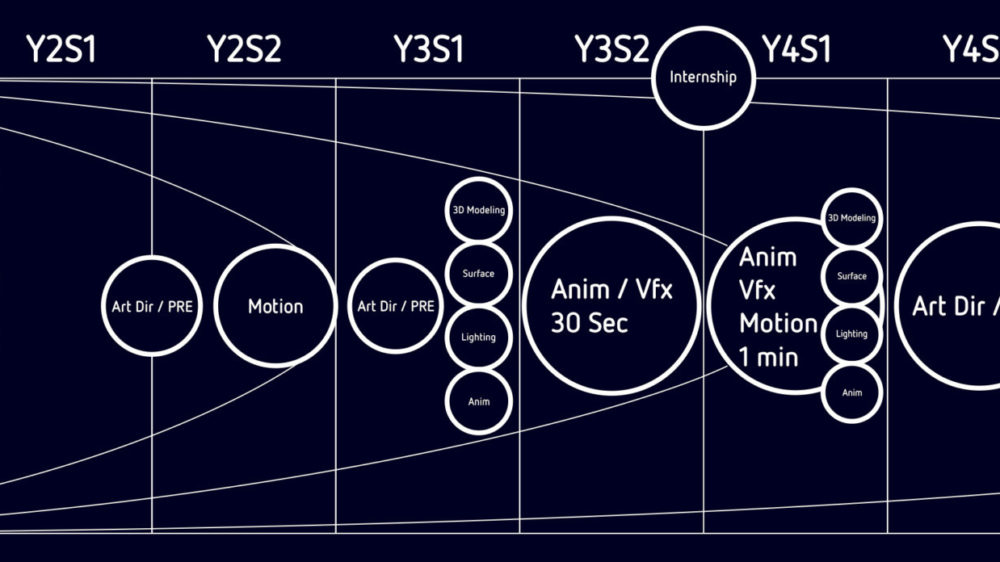
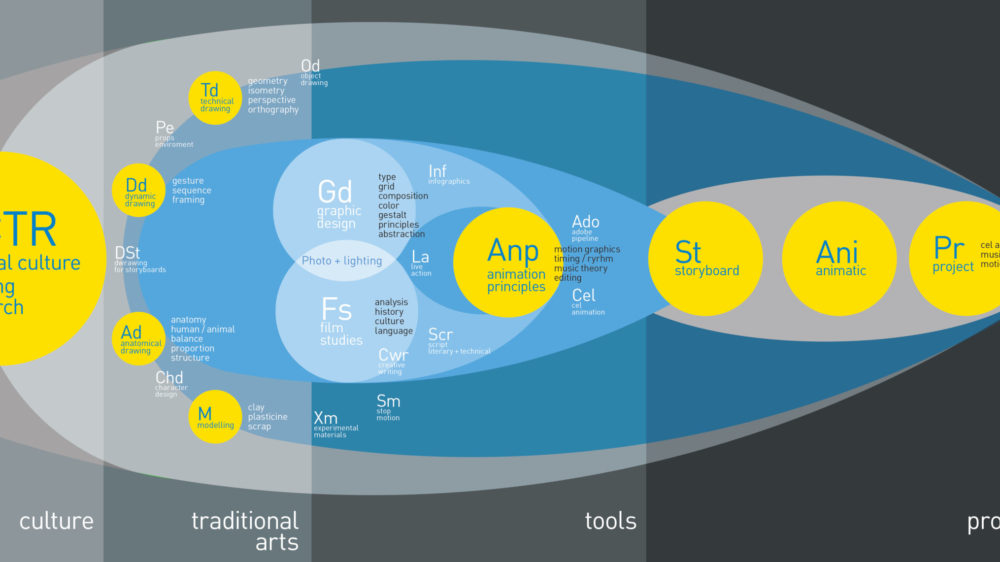
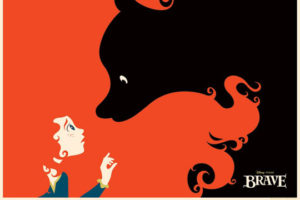
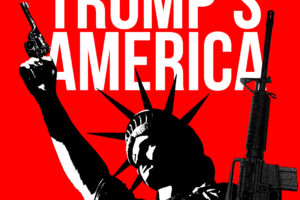
Leave a Reply
Your email is safe with us.